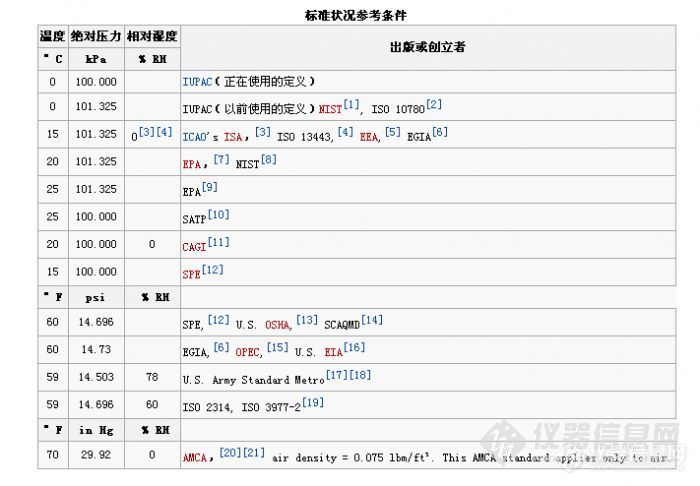

enslyde
第6楼2011/03/08
以下来源维基百科:
http://zh.wikipedia.org/wiki/%E6%A0%87%E5%87%86%E7%8A%B6%E6%80%81
In chemistry, the standard state of a material (pure substance, mixture or solution) is a reference point used to calculate its properties under different conditions. In principle, the choice of standard state is arbitrary, although the International Union of Pure and Applied Chemistry (IUPAC) recommends a conventional set of standard states for general use.[1] IUPAC recommends using a standard pressure po = 1 bar (100 kilopascals). Strictly speaking, temperature is not part of the definition of a standard state. For example, as discussed below the standard state of a gas is conventionally chosen to be unit pressure (usually in bar) ideal gas, regardless of the temperature. However, most tables of thermodynamic quantities are compiled at specific temperatures, most commonly 298.15 K (exactly 25˚C) or, somewhat less commonly, 273.15 K (exactly 0˚C). The standard state should not be confused with standard temperature and pressure (STP) for gases,[2] nor with thestandard solutions used in analytical chemistry.[3]